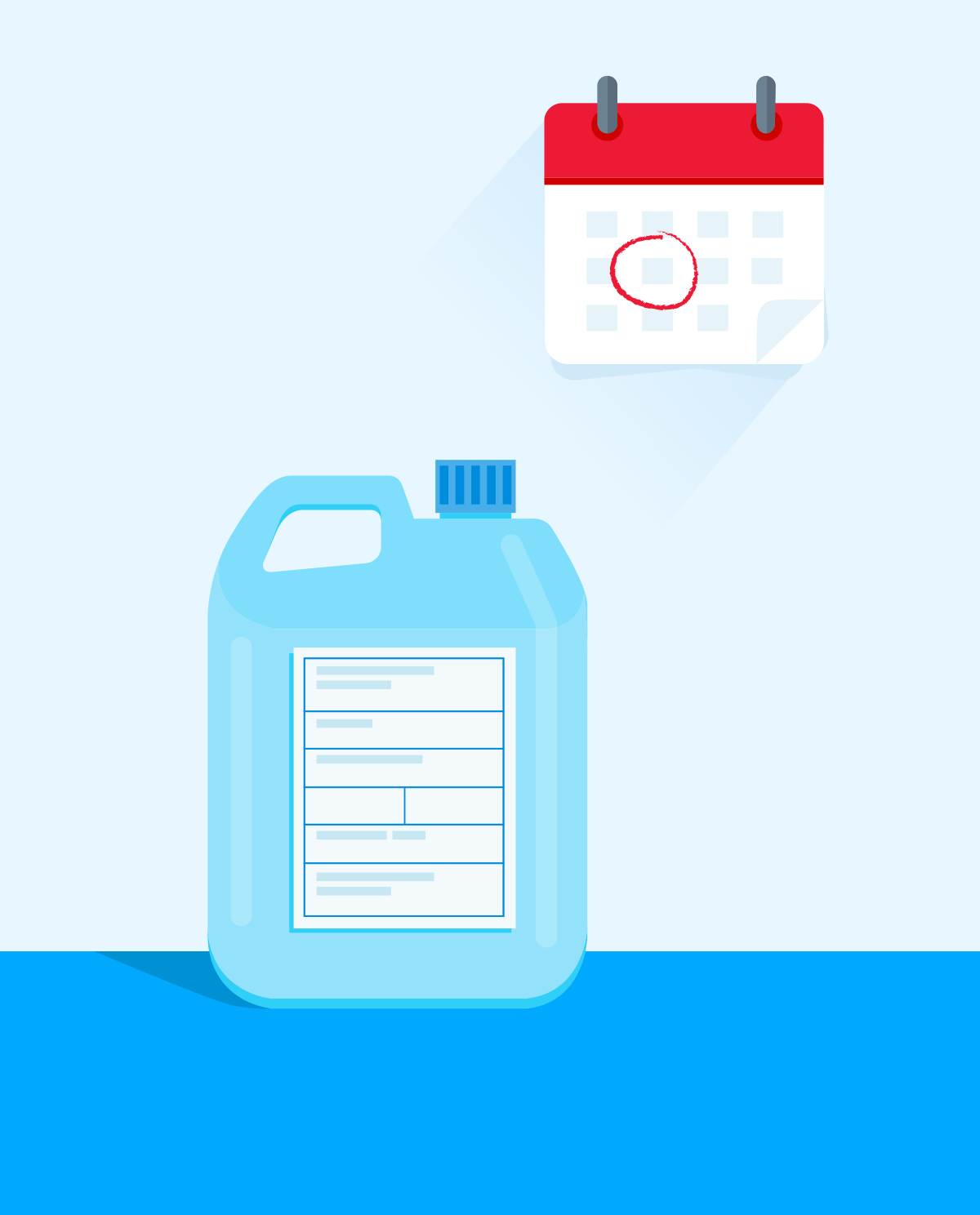Careful preparation and proper collection of urine for culture is of great importance for obtaining the right result of the study and its interpretation. Sometimes, it happens that one culture is insufficient to determine the diagnosis of infection. Factors such as: time to take a urine sample, too little liquid, and contamination of the sample during collection may cause the need to repeat the test. Therefore, you must remember a few basic rules.
Before the planned collection of a urine sample for culture is recommended:
1. Supplying a sterile urine container
Urine should be collected in a one-off and most importantly sterile container, which can be purchased at any pharmacy and at most collection points. Sometimes a sample of urine is immediately collected on the transport and growth substrate. However, this is not necessary if we deliver the urine container to the laboratory as quickly as possible. The disposable urine container does not need to be scalded or prepared in any other way.
2. The right amount of fluids and the acidity of the urine
Drinking the right amount of fluids prevents both excessive urination and facilitates the removal of bacteria from the region of the urethra. Large fluid intake causes frequent urination, which facilitates the "leaching" of pathogens from the urinary tract. It is recommended that we urinate at least 5 times a day, the higher the amount of urine that "leaves" our bladder, the more bacteria will be removed. The most preferred liquid for us is mineral water, which does not contain compounds that irritate the urinary tract or change the urinary reaction. According to some researchers, tea, coffee, sweetened drinks or fruit juices and even milk increase the risk of urinary tract infections by changing the pH of urine to alkaline. The daily consumption of cranberry or unsweetened juices with a high acidity content is also recommended. It acidifies urine and makes it more difficult for bacteria to make contact with the urinary tract.
3. Immediate urination
It is very important to urinate immediately after the urge to urinate. This prevents unnecessary, prolonged contact of the bacteria with the urinary tract.
4. Abstaining from sexual intercourse for 24 hours before sampling
As a result of sexual intercourse, minor lesions of the urethra are often formed, which may result in the presence of an increased number of epithelia, red blood cells or the presence of bacteria in the urine. The risk of urethral infection also increases.
5. Avoidance of examination during menstrual bleeding and 2 days before and 2 days after menstruation
In the case of sampling during menstruation, it is often contaminated with a large amount of red blood cells and epithelia that make it impossible to obtain reliable results. In addition, the sanitary napkins and tampons used then become a great place for multiplying bacteria.
What techniques should be used to give a proper urine sample?
1. Morning urine
The recommended time to take a urine sample is as soon as you wake up, i.e. urine after an overnight 8-hour rest or if it is impossible, after at least 4 hours from the previous urination. This is important to prevent the occurrence of functional proteinuria, which occurs most often as a result of staying in a standing position for a long time, physical exertion and stress.
2. Genital hygiene
Before taking the sample, wash your hands with warm soapy water and thoroughly wash the urethral region with warm water and soap or an intimate hygiene wash. For women, hygiene in the area of ​​the labia is particularly important, and the washing itself should be done from the front towards the anus, never in the opposite direction. Men are advised to thoroughly clean the penis. A disposable towel should be used for abrasion. Keeping strict hygiene rules means that by getting rid of bacteria from the body's surface your urine results will be more reliable, if bacteria from the body enters the sample, it may falsify the test results.
3. "Mid-stream" urine sample
Once you have started to urinate, collect a "mid-stream" urine sample, this means you do not collect the first or the last part of urine that comes out, you collect it in the middle of urination. The collected urine sample for the general examination should have from 20 to 100 milliliters, depending on the size of the previously purchased container. The sample for culture urine may have a few milliliters. Transfering urine from the toilet, potty, swimming pool, etc. to a container is not allowed due to the presence of bacteria.
4. Proper description of the sample
The container should be legibly signed with your name and surname, current date, time of collection and your date of birth etc. Some laboratories ask for a specific description to be added to the container, e.g. a patient identification number.
5. Immediate delivery of the sample to the collection point
The container with the collected urine sample should be sealed and delivered to the collection point as soon as possible. The container can be additionally secured by placing it in a sealable plastic bag. If the sample can not be delivered immediately after collection, place the container in the refrigerator (do not freeze it) and bring it to the test as soon as possible. If tested for culture, the sample may not remain in the refrigerator for more than 2 hours. Immediate delivery of the sample to the collection point prevents the bacteria from multiplying.
- Interna Szczeklika 2018 Handbook of Internal Diseases. Authors: Piotr Gajewski, Andrzej Szczeklik. Publisher: Medycyna Praktyczna.
- Bulletin of the Polish Society for Laboratory Diagnostics.
- http://www.mp.pl
- https://www.mp.pl/pacjent/nefrologia/diagnostyka/51971,posiew-moczu
- https://www.mp.pl/pacjent/nefrologia/lista/78501,najczestsze-bakterie-powodujace-zakazenia-drog-moczowych








